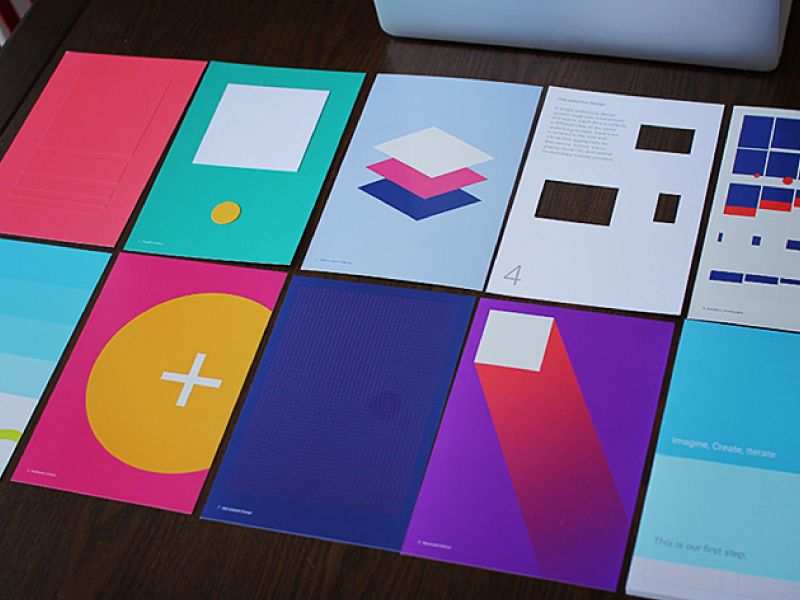
Nov 2, 2020
. UI UXs .
3 min read
Importance of Material Design in the Current Web Sphere
All across the web design communities, material design has become the new buzzword. Material design is the new visual design language
All across the web design communities, material design has become the new buzzword. Material design is the new visual design language introduced first by Google. This design strategy got unveiled for the first time at the I/O conference in June of 2014. Since then, its importance and relevance has been all-pervasive in the worldwide web design communities. The UI and application for material design are symbolic of Google’s efforts towards a more far-reaching approach towards the creation of a design language and interface design, which is capable of systematic management of multiple problems that are generally faced by designers.
Started off by Google, material design is the new design initiative that has breathed new life into the entire web design community. This new designing language offers many lessons and insights. It also comprises of comprehensive guidelines regarding each and every aspect of the design process, which includes animation, button sizes as well as their placement.
Material web design has three core principles at its heart. Of these three, the first principle delineates how the concept of "Material" in the design is in itself a metaphor, that stands for engaging, technologically advanced, and ergonomic design. As for the second and the third principles in combination, they encourage bold graphic and stylization, intentional flair in design and tapping into the user's emotional responses.
These principles may sound cryptic, but in implementation, they make much sense, so much so that many web designers are using the same for good effect. This new approach makes web design more engaging and dynamic. It is also a groundbreaking approach in so far as its involvement with specific physics. As a whole, it creates a systematic and scientific approach to web designing.
The attractive and meaningful graphics, as well as the boldness of the design language, provides it with a signature touch, both in terms of definition and aesthetics.
Under this design model, all the products and the screens are engagingly unified since the very beginning as well as when the time passes. This ensures the compliance of the design strategy with the ever-changing nature of gadgets and devices.
Material design has clear usage principles to be implemented on multiple different platforms like websites, web apps, smartphones, and smart-watches. However, there are some limitations that need to be in place for the design styles to be kept concurrent across the apps. This method helps in the systematic and transparent branding of all the products by Google. No other company has featured such a concept of unity other than Google. Google's next plan is to make this mode of design language a super flexible one, which can work on any screen or device, irrespective of the personal configuration.
Talking about flexibility, the material design comes with multiple guidelines enabling such adjustments that cater to either small or large Android displays, therefore making designing much more streamlined and easier. With material design, multiple design sizes may be adapted without much of a problem.
With this whole new design language, Google is also implementing lighter and simpler aesthetic approaches, while steadily capturing the design space. Material design UI tends to be more interactive and much closer to the real world. It has the possibility blur the lines between physicality and virtuality, sometime in the near future. Material design provides assured compatibility with both high-end software and hardware, since it is influenced by and built with elements that are culled from the real world. For these reasons cited above, it has become one of the most impactful trendsetters in the world of web designing.
Categories
UX Design Process
UX Tools
Consumer Experience
UI UXs